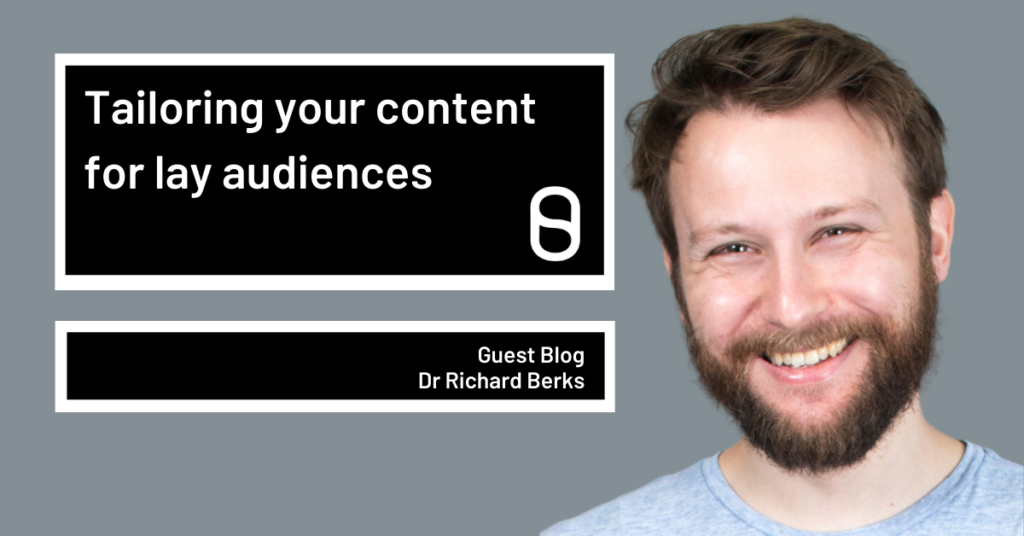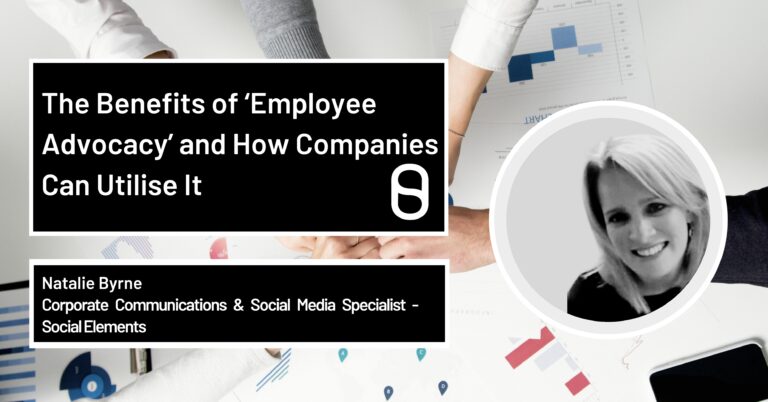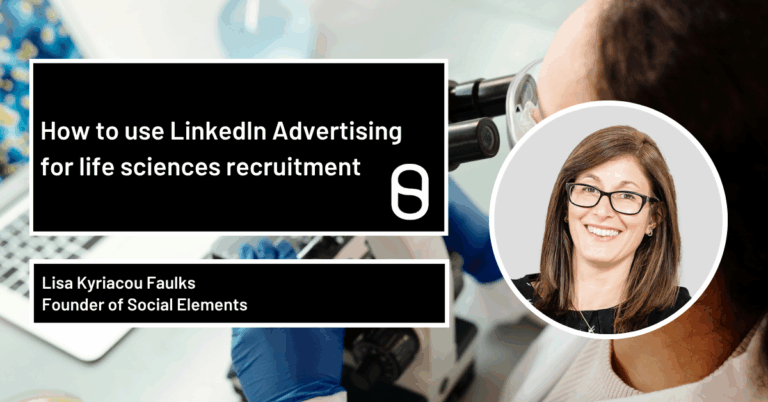Our guest blog from Dr Richard Berks
Richard Berks is a freelance science writer with more than nine years’ experience working in the charity sector. He specialises in making medical research understandable and engaging to lay audiences, taking a story-led approach to writing blogs, webpages, project lay summaries, and impact case studies. You can find him at richardberks.co.uk, follow him on Twitter @DrRichardBerks or connect on LinkedIn.
In this blog I share 8 things you need to consider before you start talking about your organisation’s work with patients, the public, or other lay audiences.
First, start with why.
Why do you want to speak to patients or the public? Perhaps you need input from patients to help make sure your research is focussed on their needs. Or maybe you have a product which you want to get consumers excited about. Whatever it is, identifying a genuine reason (rather than just ‘because it would be nice’) will mean that your communication efforts always have focus.
Who is your audience?
“The public” is a huge range of people – it includes 12-year-olds on TikTok, the Prime Minister, and your elderly relatives. Trying to speak to them all at once is a recipe for unfocussed, unclear communications.
If you’re hoping to speak to patients or other people with lived experience, remember that there is also a broad range of experiences within this group.
What do they know about your subject?
The reason why you do work you do will obviously make sense to you. However, it might not immediately be obvious to your audience. Start from where they are – what do they already know about this topic? How can you make it relevant to them?
When it comes to patients or others with lived experience of health issues, be careful with making assumptions. Many patients and carers become experts in their own right, and will know a lot more than you might think.
What can you offer them?
Whatever you want to communicate has to take them on a journey. This journey will only be worth it to them if it gives them something they want.
So, what can you offer them? Do they want to know about new potential treatments? Or learn more about the drugs they take? Or hear from experts about future direction for research? Do they want to take part in a clinical trial? Or have the opportunity to share their opinions?
How are you going to get them there?
You’ve established what they know, and where you want to take them. Now you need to think about how you’ll get them from A to B.
When it comes to communicating to the lay public (or anyone, frankly) keep the number of new pieces of information to an absolute minimum. Every extra ‘science nugget’ – every gene name, or mechanism of action, or organelle – is a burden on their journey. Keeping the new information to a minimum will make that journey easier.
What language do they use?
You’ll get across much more if you use the same language as your audience. Gauge this from speaking to them at events, or online forums where they meet. Look at the search terms people use on Google, or how they ask questions on social media. Speak to patient groups and charities to understand the language they prefer to use (and terminology they tend to avoid).
How will you reach them?
You might be keen to write a 1,000 word blog post, but is this the best way to get across your information? It will be much easier to meet people where they are, using the content they like to consume. For example, could you collaborate with a patient support group? Could you convey the same information via social media, or make a video?
What do you want them to do?
What action do you want them to take once they’ve consumed your content? Even if it’s just to share with their friends, think about what you want them to do (and why). Refer to your original reason why you’re speaking to the public or patients in the first place.



